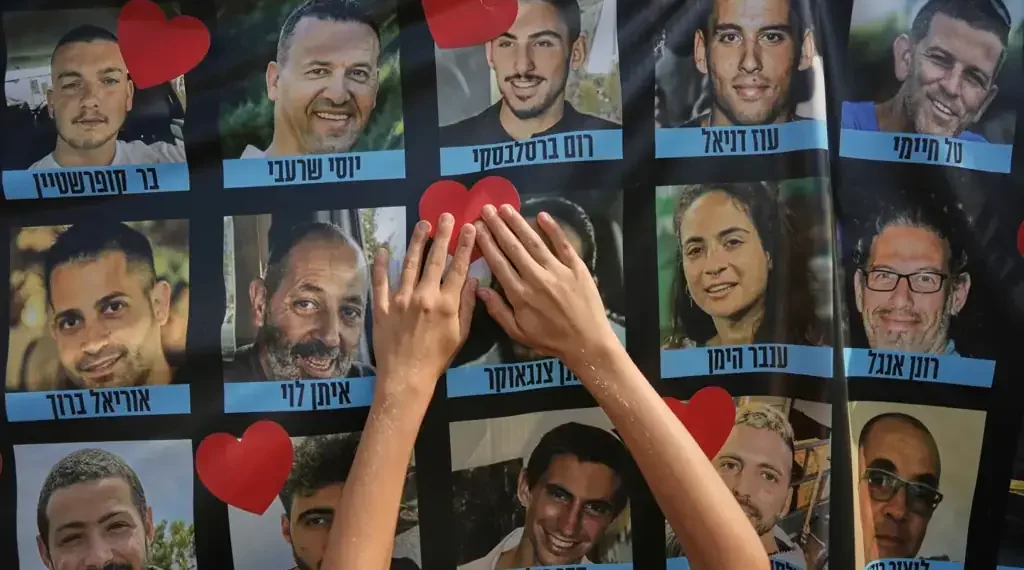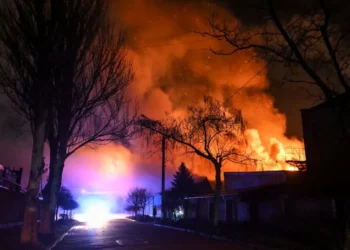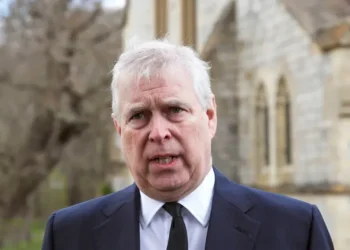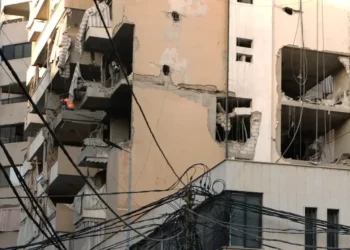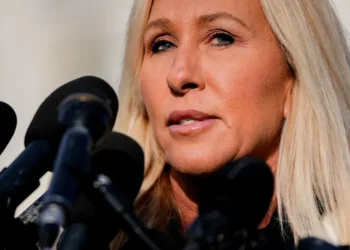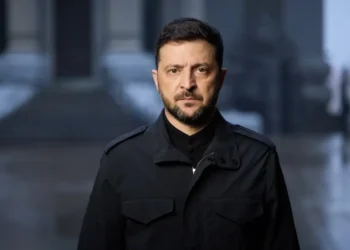Hamas Frees Final Israeli Hostages as Israel Releases Prisoners in Gaza Ceasefire
Published: October 13, 2025, 22:58 EDT
Hamas has released the final 20 surviving Israeli hostages from Gaza, while Israel began freeing more than 1,900 Palestinian prisoners under a ceasefire that paused two years of devastating war. The exchange has raised hopes for a longer-term peace process, even as deep political and humanitarian challenges remain unresolved.
Hostages Freed in Landmark Exchange
Buses carrying 20 Israeli hostages crossed into Israel on Monday, marking the largest coordinated release since the conflict began in October 2023. The men, escorted by the Red Cross, were reunited with their families after undergoing medical checks at Israeli hospitals.
Crowds gathered in Tel Aviv’s Hostages Square erupted in celebration as news spread that the captives were safe. Images released by Israel’s Government Press Office showed emotional reunions, including 28-year-old twins Gali and Ziv Berman, who had been held separately for more than a year.
The Israeli military confirmed that 28 deceased hostages would also be returned as part of the ceasefire agreement, though the timing of the transfers remains unclear.
An international task force will continue to locate other missing hostages, said Gal Hirsch, Israel’s coordinator for hostages and missing persons.
Israel Frees Hundreds of Palestinian Prisoners
In the occupied West Bank, cheering crowds lined the streets as buses carrying freed Palestinian detainees arrived in Beitunia near Ramallah. The Hamas-run Prisoners Office said that more than 1,900 prisoners, including 250 serving life sentences for attacks on Israelis, were released under the agreement.
Many of the freed individuals had been detained without charge during the war, according to Palestinian officials. They are being repatriated to Gaza, the West Bank, or sent into exile.
The exchange came amid heightened security. Israeli armored vehicles were seen dispersing crowds with tear gas and rubber bullets earlier in the day after leaflets warned against gatherings deemed supportive of “terrorist organizations.” The Israeli military has not commented on the incident.
A Ceasefire After Two Years of Conflict
The truce halts one of the deadliest chapters in modern Middle Eastern history. The war began on October 7, 2023, when Hamas-led militants launched a surprise assault on southern Israel, killing about 1,200 people, mostly civilians, and taking 251 hostages.
Israel’s subsequent military campaign devastated Gaza, killing more than 67,000 Palestinians, according to the Gaza Health Ministry. The United Nations and independent analysts consider the ministry’s figures to be the most reliable available, though they do not distinguish between civilians and combatants.
The conflict displaced roughly 90% of Gaza’s 2 million residents, destroyed vast urban areas, and fueled international condemnation and accusations of war crimes — allegations Israel has denied.
“Much of Gaza is a wasteland,” said U.N. humanitarian chief Tom Fletcher, who called for immediate and sustained aid deliveries.
Humanitarian Relief and Political Pressure
The ceasefire deal is expected to open humanitarian corridors to deliver food, fuel, and medical aid to Gaza’s most affected areas. Relief groups warn that parts of the territory face famine-like conditions following months of restricted access.
Israeli Prime Minister Benjamin Netanyahu told the Knesset that his government was “committed to this peace” but emphasized that Israel’s security “will remain the highest priority.”
The truce also follows mounting international pressure, including from the United States and European Union, urging both sides to end the conflict.
U.S. Diplomatic Role and Trump’s Visit
Former U.S. President Donald Trump arrived in Israel on Monday to address the Knesset and meet newly released hostages. Trump said the ceasefire represented “a step toward lasting peace,” though he acknowledged “many questions remain about Gaza’s future.”
The ceasefire proposal — part of a U.S.-brokered initiative — outlines a framework for postwar governance. Under the plan, an international administrative body would oversee Gaza’s reconstruction while Palestinian technocrats manage daily operations.
Trump is scheduled to travel to Egypt on Tuesday to join President Abdel-Fattah el-Sissi and leaders from more than 20 nations at a regional summit aimed at shaping Gaza’s postwar administration and broader Middle East stability.
Future Governance of Gaza Still Unclear
Israel has withdrawn most of its forces from Gaza City, Khan Younis, and other areas, though troops remain deployed in Rafah, parts of northern Gaza, and the border region.
The U.S. plan envisions an Arab-led international security force, supported by Palestinian police trained in Egypt and Jordan. Israeli troops would withdraw as those forces deploy.
However, Israel insists that Hamas must disarm, while Hamas maintains that full withdrawal of Israeli forces is a precondition for any political resolution.
The plan also references a potential Palestinian state, though Israeli officials, including Netanyahu, continue to reject such a framework without significant reforms to the Palestinian Authority (PA).
The PA, led by Mahmoud Abbas, has agreed in principle to participate but faces demands for sweeping internal reforms that could take years to implement.
A Moment of Relief Amid Lingering Uncertainty
The release of the final hostages marked an emotional moment for Israelis after nearly two years of anguish. Families of the captives had held weekly demonstrations demanding government action, often accusing Netanyahu of stalling negotiations.
As celebrations and mourning intertwine, both Israelis and Palestinians face an uncertain path forward. The ceasefire has paused violence but left core disputes — sovereignty, security, and reconstruction — unresolved.
For now, the agreement offers a fragile reprieve in a region where peace has long proven elusive.
This article was rewritten by JournosNews.com based on verified reporting from trusted sources. The content has been independently reviewed, fact-checked, and edited for accuracy, neutrality, tone, and global readability in accordance with Google News and AdSense standards.
All opinions, quotes, or statements from contributors, experts, or sourced organizations do not necessarily reflect the views of JournosNews.com. JournosNews.com maintains full editorial independence from any external funders, sponsors, or organizations.
Stay informed with JournosNews.com — your trusted source for verified global reporting and in-depth analysis. Follow us on Google News, BlueSky, and X for real-time updates.
